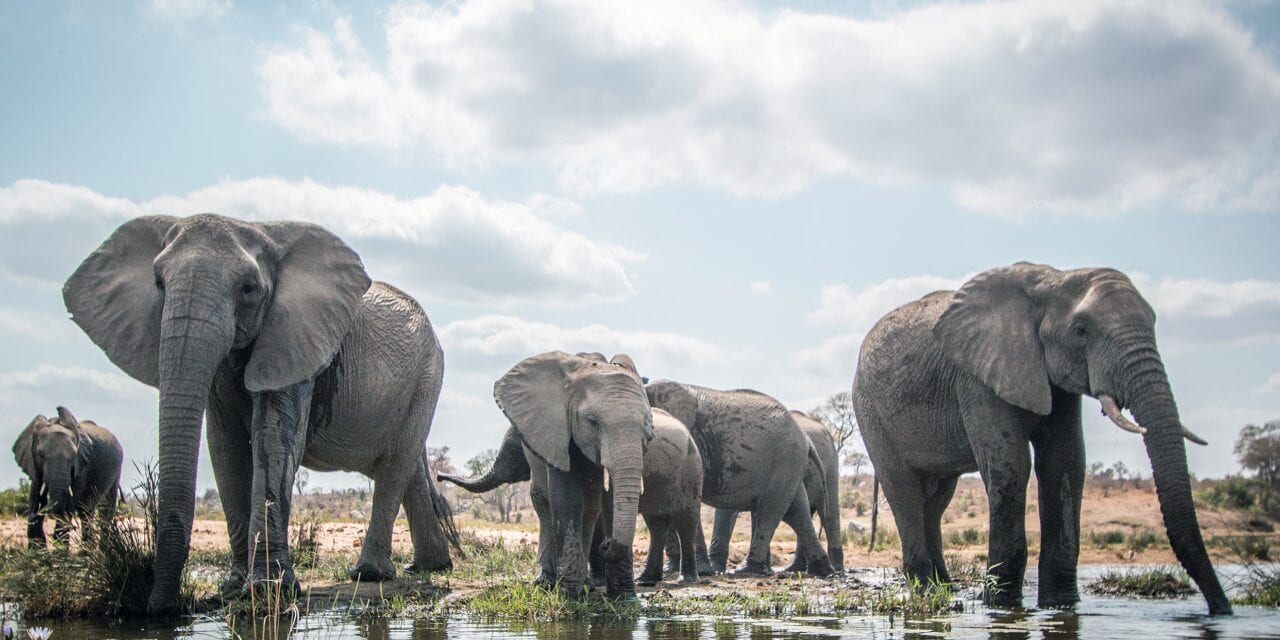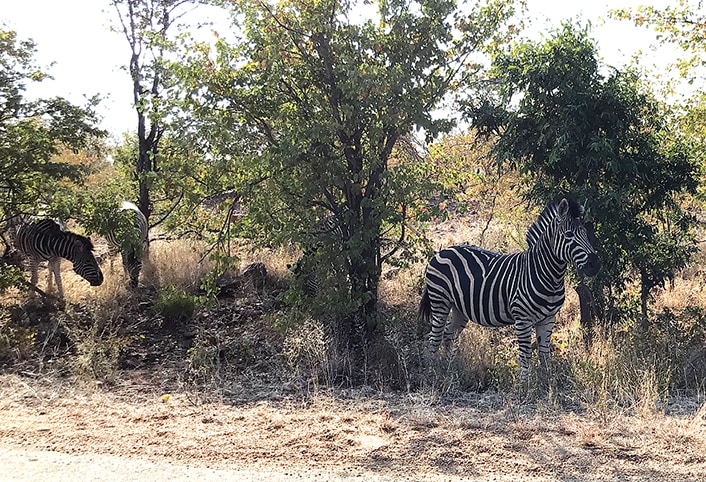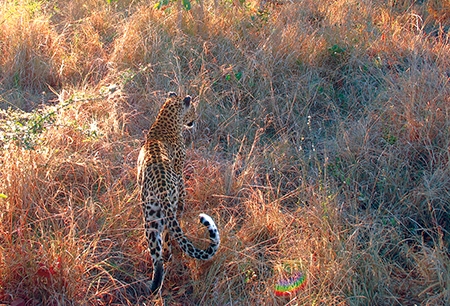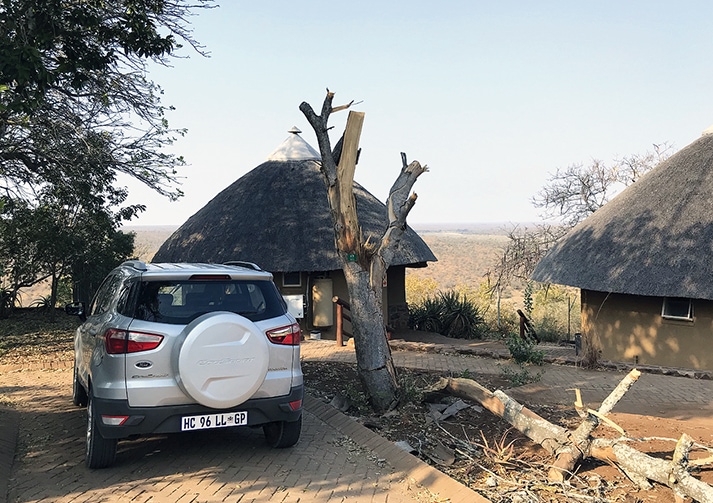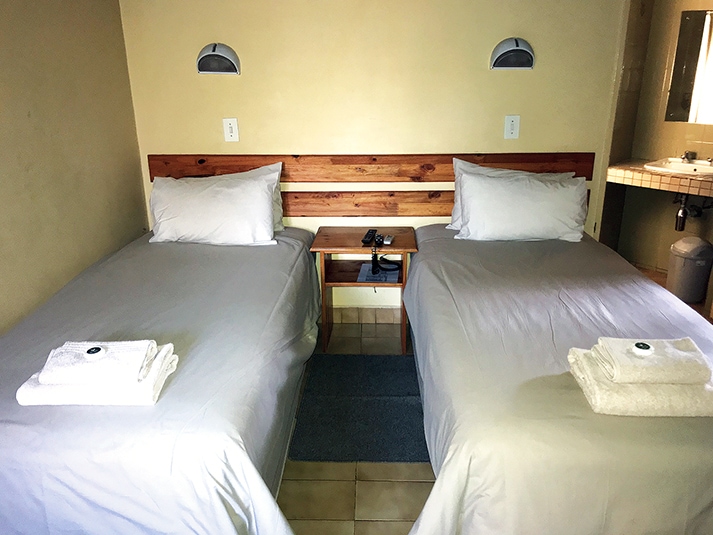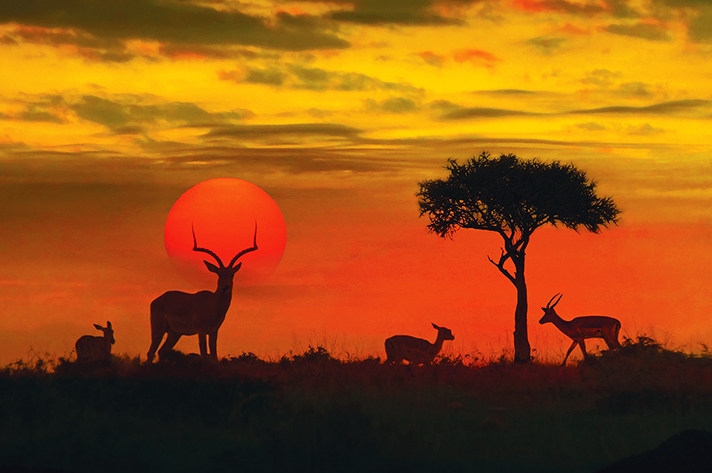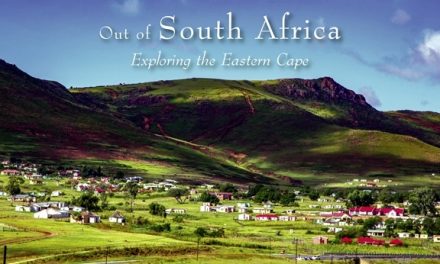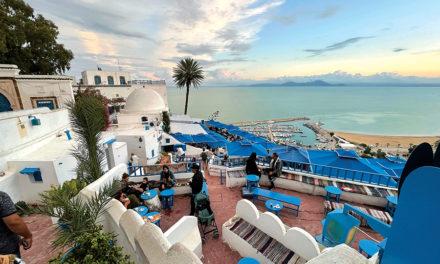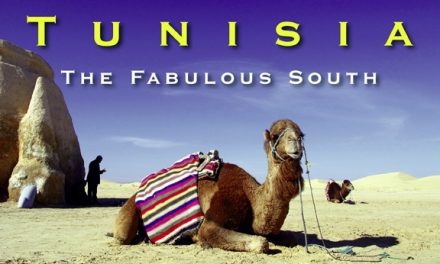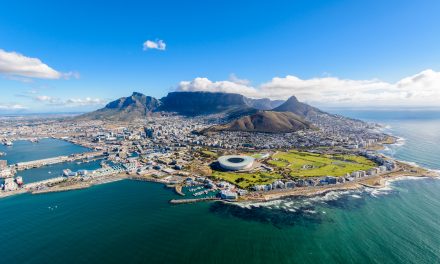South Africa
Kruger National Park
A Journey into the Wild
Article and photography by Daniel Smajovits
Since 2004, Ezrom Mathumbu’s office has been the 20,000 square kilometers that comprises South Africa’s Kruger National Park.
While Ezrom, who is one of Kruger’s senior hospitality managers, is very welcoming to the thousands of guests that pass through Satara Rest Camp on a daily basis, an electric fence is in place to keep all those pesky neighbours away. For good reason too: these neighbours aren’t stopping by for a cup of coffee, as just outside Satara’s fence are a few prides of lions, coalitions of cheetahs and leaps of leopards. Further in the distance? A few herds of elephants and towers of giraffes.
Needless to say, during our visit to Kruger, we were glad Ezrom had just paid his electricity bill.
Evident from the onset of our visit to Kruger was the hospitality displayed by Ezrom and all the staff from South Africa’s National Parks Service (SANParks). Their main goal, other than ensuring everyone’s safety, is ensuring that visitors from around the world experience the best of what South Africa has to offer on what is often a once-in-a-lifetime trip.
Larger than the State of Israel and home to the Big Five: elephants, buffalos, rhinoceroses, leopards and lions, Kruger National Park welcomes over one million visitors per year. It is for those one million reasons that the South African government and the National Parks Service ensures that the park remains accessible for all types of travelers.
Depending on the length of your stay in South Africa, getting to Kruger National Park has never been easier. While some guests might make the five-hour drive from Johannesburg, it is much easier to hop on a flight into one of the nearby airports: Nelspruit (KMI), Hoedspruit (HDS) and Phalaborwa (PHW). Much smaller Skukuza airport is located within Kruger itself, with South African Airways operating a daily flight between Cape Town and Johannesburg. Each airport has rental car facilities for you to begin your safari (journey) immediately.
Even for the most experienced of drivers, getting behind the wheel in Kruger is an experience unto itself. Nonetheless, despite the occasional elephant traffic jam, renting a car and navigating the park at your leisure is unquestionably the best way to experience this adventure to the fullest. A self-drive through the park allows you the freedom and flexibility to stop for a minute or an hour to gaze at the animals in their natural habitat. As only park rangers have the ability to drive off marked roads, so whether you’re with a private guide or on your own, the views will be the same.
As with most wildlife-centered trips, luck plays a role. It is impossible to predict the type of game you will see, if any. Technology, such as the Latest Sightings app allows users to enhance the safari experiences of others by posting animal sightings and activity in real-time. Each rest camp also has a board where guests can mark sightings as well. While low-tech, the board gives guests clues as to where the animals have congregated in past days.
Since the average game-drive will keep you in your car for hours at a time, Kruger is home to both five-star private lodges (min. $1,000/night) to the most pedestrian of tents (min. $50/night). Regardless of accommodations, sleeping within the confines of Kruger is critical to maximize game viewing. Guests staying in the park are allowed to begin and end their game drives up to one hour earlier or later than those coming in for the day. This extra time allows you to beat the traffic and find the best viewing spots.
Each camp offers a variety of lodging, from the tents to clean, private bungalows with en suite bathrooms (min. $150/night). Furthermore, most camps have a full-service restaurant and an on-site convenience store. As the majority of guests opt to braai (barbeque) their own meals, stores are stocked with a variety of fresh and frozen foods as well as fruits and vegetables. The largest campsite, Skukuza, looks more like a mini village than a typical camp. Included within its confines is the aforementioned airport, gas station, restaurant, library, a conference centre and even a 9-hole golf course. Travelers often begin or end their journeys here, making it the most popular campsite.
Although squeezing in a quick 9-holes might signal the start of a good day for some, we recommend to begin each day with a ranger-led game drive. As animals are most active in the early morning and evening, park run vehicles are the only way to experience the environment during the periods when the gates are closed to the general public. Despite spending your day on a game drive of your own, guests occasionally overlook the excursions conducted by the park rangers. Driving traditional open-air vehicles, most major camp sites offer drives at sunrise, sunset and in the evening, in addition to bush walks. Rangers undergo two years of training and often have many more years of experience, evident by their ability to spot and track wildlife as well as answer any and all questions. Furthermore, these drives ensure a complete sensory experience, as rangers often shut down their engines to allow guests to appreciate the sounds of the wildlife. While the occasional elephant or buffalo traffic jam during a self-drive is thrilling and definitely a highlight, we suggest that guests participate in two ranger-led activities per day to ensure the best of what Kruger has to offer.
To truly immerse yourself in the majesty of the park, when checking in at any of your campsites, inquire about a bush braai. These special excursions only take place if a minimum of six guests are interested and offer the once-in-a-lifetime opportunity to eat a five-star meal under the South African stars. With only torches lighting the way, guests dine in the dark while listening to the sounds of wildlife. With an armed ranger standing guard to prevent any unwanted dinner guests, the bush braai will be the highlight of your trip.
For us, after four full days in Kruger National Park, it became abundantly clear how guests return year after year and staff like Ezrom have yet to experience a dull moment at the office. Whether you’re spending an hour on the side of the road gazing at a herd of elephants or you’re on the prowl for that elusive leopard, the freedom and unpredictability of the park is unmatched on earth.
With accommodations that meet all budgets and needs, fully stocked stores, restaurants and the abundance of wildlife, Kruger National Park offers a life-changing experience for individuals, couples and families. Courtesy of the South African government, a safari has never been more accessible and affordable.
All accommodations and ranger-led activities can be booked online at: www.sanparks.org. As the park is busy throughout the year, it is recommended to book a minimum of six months in advance. Should you have any questions regarding accessibility, SANParks staff are readily available to answer any and all questions via e-mail.
www.krugernationalpark.org.za

